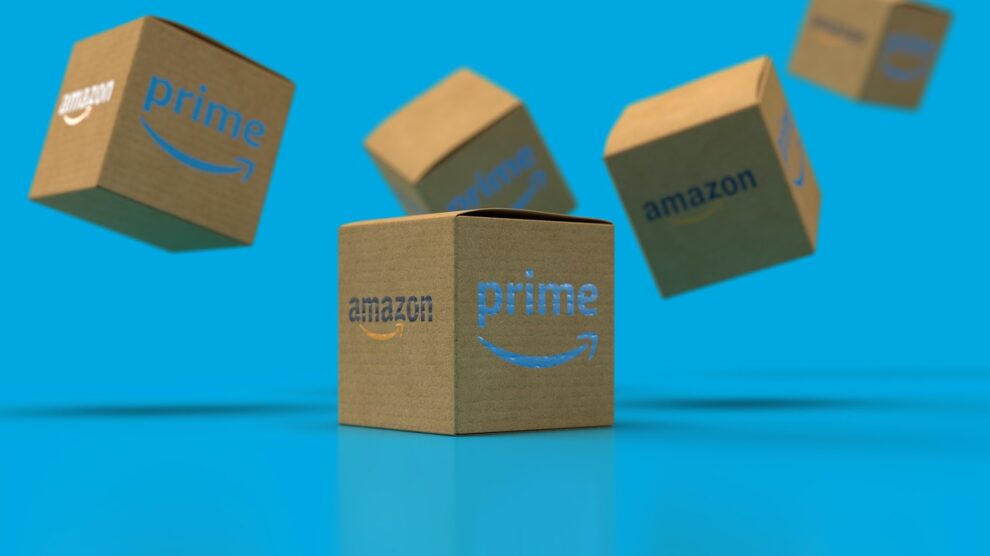Amazon is growing and branching out.
Starting out as an ecommerce portal, it has spread out to online entertainment. And now it’s taking on PayPal with Amazon Payments, also known as Amazon Pay.
By storing payment information in their Amazon account, customers can pay for products or services without using their credit or debit cards. It reduces the check out time and makes shopping and paying less stressful and more enjoyable.
What Amazon Payments Offers
Here are the features offered by Amazon Pay:
- It features advanced fraud protection features and comes with a payment protection policy, giving businesses the reassurance they need.
Their customers are provided Amazon A-to-Z Guarantee coverage which provides security of their personal and financial information. This coverage comes without any additional payment and secures the checkout experience.
- Another reason why Amazon Pay is really convenient is because customers just need one login to enter wherever Amazon Pay is available for transactions (just like PayPal). There are no multiple user names, passwords or OTPs to remember. This is huge, especially in ecommerce, where the ease of checkout plays a major role in cart abandonment rates and thereby on conversions.
All through the checkout process, customers stay in your site. They can log in with their Amazon ID, and you’ll receive the name, email ID and zip code for completing the order.
- And you don’t have any hidden fees to worry about. There are no fees for setup, monthly use, unused authorizations or cancellations. You can lower the overall cost for accepting payments for your business since Amazon offers low volume-based pricing.
Amazon Pay isn’t exactly a pioneer in this field. There’s been another major player here for a long while, PayPal. So how does Amazon Pay fare against PayPal?
Card Payment Options ranks Amazon Pay as no. 1, giving it 5 out of 5 and an A rating based on reviews it has collected from ecommerce merchants. PayPal though receives only a B rating and is only rated 3.8 out of 5.
Examining PayPal
PayPal was initially part of eBay and has been around for much longer than Amazon Payments and other online payment solutions.
But for PayPal, things have not been helped by a recent class-action lawsuit where plaintiffs alleged that PayPal handled disputed transactions made on PayPal accounts in an improper manner and placed improper reserves and holds on suspended or closed accounts. The plaintiffs also alleged that PayPal did not provide the error-resolution annual notices plus the monthly account statements as required by the Electronic Fund Transfer Act. PayPal will be making payments to the plaintiffs as part of the settlement.
- With PayPal, merchants need to request fund transfer to their bank accounts from their PayPal accounts. The transfer usually takes place in 48 hours after the business day closes. PayPal also offers the option of check payments and also by a debit card which can help in purchasing or withdrawing cash from an ATM.
- PayPal also offers merchant services by which businesses can accept credit card payment as in a usual merchant account. Just like Amazon Pay, PayPal can’t be used with traditional card processing equipment. It has a virtual terminal that comes with optional credit card reader that can be plugged into the USB port of a computer.
With the virtual terminal, merchants enter credit card data by themselves. Then they can use PayPal as a traditional merchant account.
- With the “PayPal Here” feature, anyone having a compatible smartphone can accept credit card payments.
PayPal is offered in the basic PayPal Payments Standard version, and as PayPal Payments Pro.
PayPal Payments Standard
Being quite an easily configurable gateway PayPal Standard is among the most popular payment gateways. The one drawback here for merchants is that the customers get redirected to PayPal during the payment and checkout process.
Since your customers are taken to the PayPal site, you need not be worried about authorization, processing or managing security. All you need to do is add the PayPal widget on your site.
However, redirecting customers to another site actually takes the entire checkout experience of your customer out of your control. It would be better to handle payments on your site, but that’s not supported.
But all this makes it a much less expensive affair and ideal for small businesses and startups. It also seamlessly integrates with WooCommerce.
PayPal Payments Pro
This is the premium version of PayPal Payments Standard. The big advantage of this package is that customers’ card payments can be handled from your website directly, giving you greater control of the checkout process. So you can customize the checkout, enabling you use it for maximizing conversions.
PayPal Pro comes with the PayPal Virtual Terminal. This service enables your business to accept customer payments even through phone. That’s a great advantage since it gives you another sales channel you can target.
There are no fees for this feature, and no setup fees as well. But transaction fees are high. Besides, there is a monthly fee of $30. To get the official WooCommerce PayPal Proextension, you need to pay $79 more.
Both Amazon Pay and PayPal are competitive, though PayPal Standard is the easiest to set up among the two. There are several other alternatives that have easier setup processes though.
Your customers would prefer the ease of Amazon Payments since they just need to log in to their Amazon account to complete the purchase. It’s a less-stressful and more enjoyable experience, unless of course you sign up for PayPal Payments Pro which rates slightly higher in customer satisfaction.
Which platform do you think offers a more seamless experience? Share your thoughts in the comments below!





